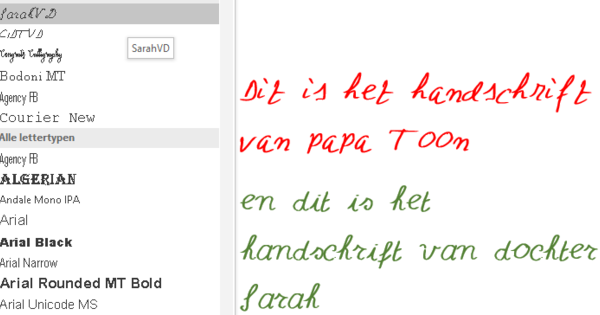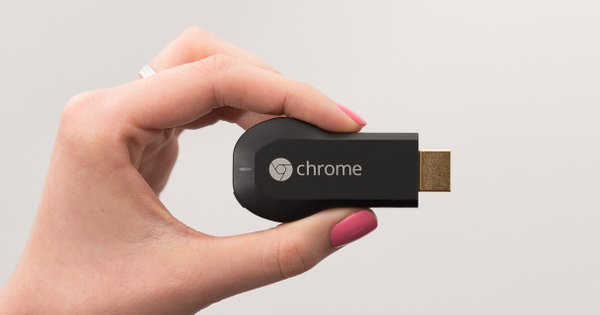Windows 10 has a handy tool on board with which you can record a series of actions in the form of a series of screenshots with accompanying text: Step description. Ideal for explaining a problem or bug to a helpdesk, but especially for creating your own mini-workshop to remember things.
Sometimes you run into a problem or bug while using a program or Windows itself. And if it is difficult to explain how that problem arose, you have an extra problem. In such a case, an automatically generated step-by-step plan would come in handy. Also in a different scenario. Because if you only occasionally have to perform a certain more complex action in Windows or a program, you often forget how it was done exactly. To avoid the well-known 'what about that?' question, a mini-workshop for personal use is also very practical. The nice thing is that Windows 10 has a fairly unknown tool on board that is perfectly suitable as a tool for these kinds of things. It's called Steps description and you'll find it in the Start menu under accessories. Once started, the tool manifests itself as a narrow horizontally oriented window with the button Start recording.

Record
To generate a step-by-step plan, click on the button Start recording. Then do your thing and click Stop recording. In our example, we'll add the Computer Total home page to Firefox's favorites. In other words: start firefox and visit www.computertotaal.nl. Click on the button with the three dots after the address and choose the option in the context menu that opens Bookmark this page and then Ready. At the end of this action click on Stop recording in the Steps window. You will now see all the steps taken in the window of this tool in the form of screenshots with accompanying text. By the way, keep in mind that every action - including, for example, dragging a window larger or smaller - is recorded. So plan your recording well to avoid unnecessary 'noise' in the form of 'pointless' steps. To save a step-by-step plan, click Save. Browse to a folder and name the file. The whole thing is saved as a zip.

From Internet Explorer to PDF
Double click on the zip file and then double click on the MHTML file contained in the zip. By default, this opens in antique Internet Explorer. Browsers like Firefox and even Microsoft's own Edge can't handle it. Optionally, you can unzip the zip and then right-click on the MHTML file. Click in the context menu on Open with. You see that, for example, Word can also open this file type. The disadvantage of Word is that the screenshots are shown cut off. So you will have to manually drag them one by one. Not useful, especially when it comes to a large amount of screenshots. It is more practical to convert the case directly from Internet Explorer to a universal PDF file. This is done as follows: click in the browser on the gear at the top right and then in the opened menu below Print on Print. Choose as printer for Microsoft Print to PDF and click Print. Save the PDF file with a catchy name, in our example Add favorite to Firefox. From now on you can open your step-by-step plan in any program that can handle PDFs, such as the free Adobe Reader.


